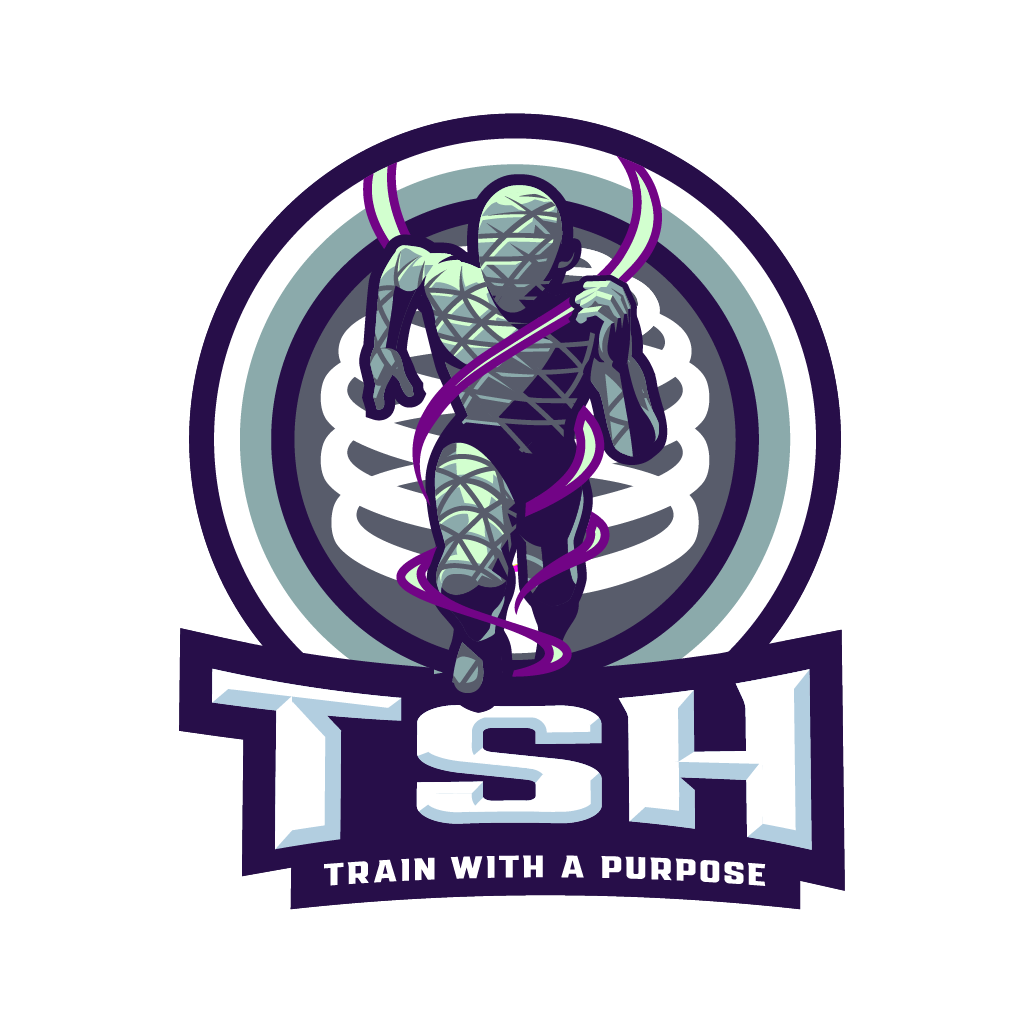The Importance Of Foot Contacts Upon Front Foot Strike
During the pitching delivery there are a few different main transfers of energy. The first involves what happens to get you from your back foot, to your front. The other is what happens when your front foot becomes weight bearing.
For the sake of this post, we are going to talk exclusively about the energy transfer upon front foot strike.
It’s no secret that the relationship with the ground on the front leg has a major impact on the output of a throw. Coaches have long made a big deal about this, and for good reason. They are all correct in their intentions. Words like stability and strength come to mind. Both may have merit, broken down deep into their parts. However, both also leave a lot up to interpretation depending on whose mouth they come out of and whose ears they go into.
The common thread, and what is irrefutable, is that we need to be able to store a large amount of energy quickly, and in turn, apply force back into the ground quickly. You can extrapolate out a number of different qualities that could improve the athletes ability to do this, dependent upon who the athlete in question is.
Let’s focus on things that are universally true. Offering out advice without any context otherwise, has a high probability of misguiding people, while also helping some.
Each athlete will have individual differences in how they’re built, and in turn function. However, regardless of these variables just prior to front foot contact the athlete will be in a relative position of external rotation. Upon front foot contact energy will move from the ground (distally) towards the body (proximally). This wave, like everything that moves, must do so on a gradient. No gradient, no movement. External rotation and internal rotation represent a gradient. Expansion and compression represent a gradient. High pressure, low pressure. High volume, low volume. Yielding, overcoming. Concentric, eccentric. If it moves from one representation to another, it can only do so with a gradient present.
Every athlete is different. Every throw is different for a given athlete. However, to achieve a certain outcome favorably, certain anchor points throughout the delivery must be hit. The sum of all those gradients needs to be in a certain representation at that time. The places in between can fluctuate.
The first representation of internal rotation on the front leg, is the front foot upon weight bearing. If the front foot is not able to pick up an IR representation, the wave will not propagate as advantageously both in terms of magnitude, rate, direction, and location. A foot that is capable of putting force into the ground most efficiently has contacts at the first metatarsal head, 5th metatarsal head, medial and lateral calcaneus.
Four points of contact on bottom of foot.
If we are unable to IR the foot, and capture the medial (inside) two points of contact we will not have relative changes into IR up the chain. This will affect the wave as mentioned, and our ability to redirect and put force back into the ground.
If we need to store a large amount energy quickly, and in turn, apply force back into the ground:
then an inability to capture that representation of the foot on weight bearing, and hold it through impulse back into the ground, is going to lead to the many unfavorable outcomes we see. These are then labeled with whatever buzz word comes to mind.
Any number of items, many of which I mentioned before, can affect this ability. However, the wrong strategy can also limit this ability. My challenge to you would be to find a position you can capture the foot contacts. You may be limited in your ability to do that with your current strategy. Upon finding the strategy that you are able to do it, you may locate things you need to work on to move closer to capturing something similar to your original representation. In some cases you might find more success now that you are working in the spaces you have available, and allowing some amount of a gradient to be present.
Top: Foot still in ER, Bottom: Foot with all four contacts. Keep in mind both of these pitchers are amongst the best in the business. This is ONE pitch. There are allow alternate ways to get the job done, and you might not want to tinker too much if a certain level of success is being achieved / there are no other physical issues. However, it’s still unfavorable, and you should proceed while keeping an eye out for unfavorable possibilities elsewhere.
The representation you are looking for is the early ER representation of the front foot. You are still in external rotation basically everywhere else, but you are welcoming IR into your life starting at the front foot.
So think to yourself, where else is this true? The front foot on a split squat, hope so. Hook-lying on your back with your feet in front of your knees, should be. Any thing where your center of mass is relatively behind the front foot. Practice your foot contacts. How many things do you do where you are applying force into the ground with a full foot? Squats, deadlifts, step ups…all chances to not only practice foot contacts but double check you are in a set up that allows for them. Expose yourself to IR in the ER space you have and reinforce that gradient. Over time you may be able to work within spaces that you couldn’t before.
Let the contacts guide your approach in training, and on the mound; you will create more possibilities in what you can do elsewhere.


